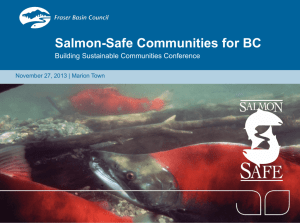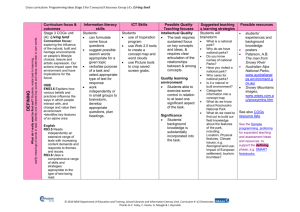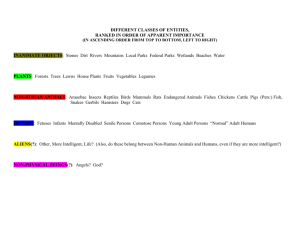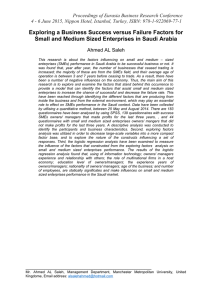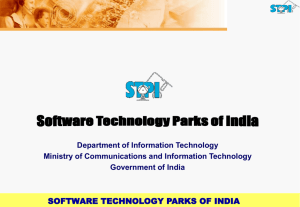science and technology parks: university of nairobi prospectus
advertisement
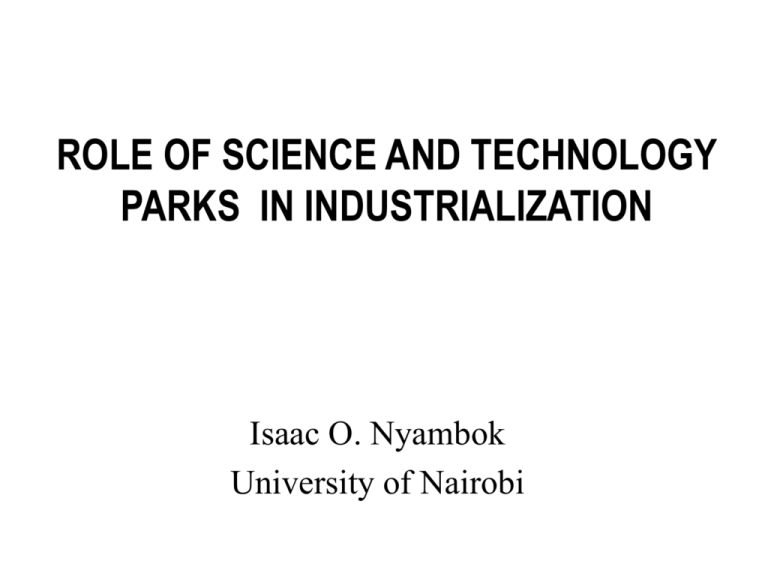
ROLE OF SCIENCE AND TECHNOLOGY PARKS IN INDUSTRIALIZATION Isaac O. Nyambok University of Nairobi Conceptual Framework Development in the last three decades Synergies between Government, private sector and research institutions (University) • Interfacing of research and commercial development of products • Research results and launching of new knowledge-based industries. Convergence of Interests Government’s • Economic development founded on industrial growth • Human capitalization and population retention Private Sector Industries • Competitive advantage founded on innovations and application of R & D results • Acquisition of new skills and technology Universities or Research Institutions • • • • Additional independent income Transfer of technology Base for innovation and research Profile and change of culture Required Strategies Bringing together innovators and entrepreneurs Merging knowledge and industrial production Interfacing experiments and business planning or incubation Location S and T Parks normally situated: • Close to areas of highest research programmes • Abundance of technical know-how and customized instrumentation and laboratory setups • Close to the hub of industrial activities Main Goals Provision of focal points for research and development (R & D) and innovations Creation of business support and technology transfer initiatives Support provision for start-ups and incubation of innovation-led, high growth, knowledge-based enterprises Linkage between industry and universities and/or research institutions Categories of Science and Technology Parks • One wholly owned by a university • A joint venture between a university and other partners • A co-operative project involving a university, local authorities and other partners • A consortium of several research institutions and the private sector Types of Enterprises and Ownership • Majority of enterprises may not be involved in incubation, but the technology beyond the discovery phases Types of Enterprises • Research-based value added resellers • Those merging technology developed by others with their own for enhanced new composite products • Those assembling and selling technology developed by themselves • Those catering for consultancy services • Those providing a base for contract research Ownership of the Park • Real estate owner (e.g. University of Nairobi) • Participatory owners (those engaged in specific aspects or units and are so providing funds) • Affiliates (not owners) involved in research collaboration, but will share in the benefits derived from intellectual property rights. Measures of Success Convergence of highly committed and talented personnel, and venture capital In-built components for technology transfer, generation of income, company formation and growth, and high profile and occupancy rate Contribution to the national economic growth and industrial development Addition of value to the natural and other resources (raw materials) Inward investment, floatation, awards for success stories Payment of royalties and re-investment in knowledge capital and innovation capacity After commercialization through venture capital, the Parks must be self-sustaining and be able to generate extra income to the investors/owners. THAT IS OUR EXPECTATION FROM THE SCIENCE AND TECHNOLOGY PARKS IN SPURRING INDUSTRIALIZATION THANK YOU
